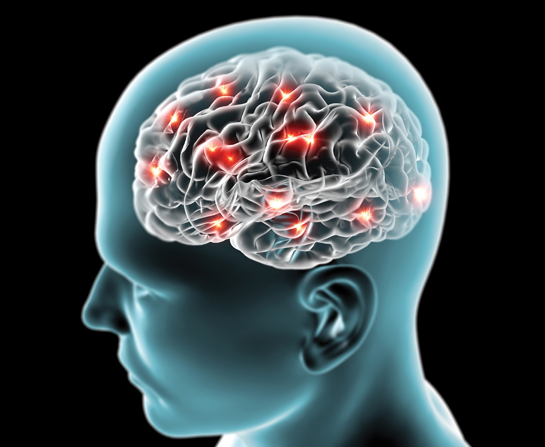Un-clotting a Stroke
April 28, 2022 Return


Dr Ramesh Sahathevan Consultant Neurologist, UKM Medical Centre
What is a stroke? Dr Ramesh Sahathevan says that while most people have heard of the word, many only have a vague idea of what it is.
“Basically, a stroke can be considered a ‘brain attack’, just like how we have heart attacks,” explains Dr Ramesh. “A stroke happens when the blood supply to a part of the brain is cut off, causing the cells of that area to be deprived of the oxygen and nutrients carried in the blood. As a result, those cells would die and that part of the brain shuts down.”
The result can be disastrous. Because the brain controls so many of our body functions, the shutting down of even a small part of the brain can cause major problems. If the left brain is affected, for example, the person would suffer motor problems that affect the ability to speak or to control the face muscles as well as the ability to move the arms and legs on the right.
Dissolve to resolve
Up to the 1990s, once a person suffered a stroke, there was little the healthcare team could do but to provide supportive care and hope for the best.
“Things changed around 1995,” says Dr Ramesh, when researchers in the USA, Europe and Australia noted that strokes caused by clots blocking the arteries to the brain were the result of the same mechanism that led to a heart attack. “So, why not try adapting heart attack treatments for stroke?”
That thought led to the discovery that a protein, alteplase, could be used to dissolve clots that threaten the life of a stroke patient.
Alteplase works best when the stroke patient is treated within a certain window of time after the first attack. Initially, this window was 3 hours, but as studies continued, the window was extended to 4.5 hours, even 6 hours for certain individuals. It is also found that stroke survivors who were given alteplase were better off when monitored 6 to 9 months later compared to those who did not receive alteplase.
“Currently, the use of alteplase to remove blood clots (or thrombolysis) is the gold standard for the treatment of stroke,” Dr Ramesh concludes. Recent research also indicates that the combination of alteplase and mechanical removal of the clot might be beneficial in certain patients.
No guarantees
Not every stroke patient can be given alteplase, unfortunately. Because it acts to dissolve blood clots in the body, patients run the risk of experiencing bleeding as a side effect. As a result, doctors exercise caution when deciding whether the following groups should receive alteplase:
- Those who are also on drugs that act to prevent blood clot formation (anticoagulants, such as warfarin and novel oral anticoagulants). These drugs can slow down the rate of recovery from bleeding.
- People with co-existing conditions such as uncontrolled high blood pressure (hypertension), very high or low blood glucose levels, low blood platelet count and more.
- Patients who have undergone recent major surgery
- Patients who are admitted after the window of time has lapsed, or whose time of stroke onset is unknown.
The risk of bleeding was about 10% at first, but recent data from studies conducted on stroke patients suggests that the risk is as low as 6%. Dr Ramesh says that, out of this 6%, half of the bleeding cases could lead to impairments and that 1/3 would die from the bleeding.
The risk of bleeding is significant, but Dr Ramesh does point out that, right now, we do not have any better alternatives. Furthermore, even without receiving alteplase, a stroke patient still faces the risk of dying. “While alteplase does not guarantee full recovery, it is better than nothing,” says Dr Ramesh.
Prevention is still the best intervention
Dr Ramesh points out that figures from research show that about 33% of all stroke survivors die from infections, brain damage and other problems caused by stroke within the 1st year.
While medical advances are slowly working to reduce this number, Malaysia currently does not have the advanced stroke treatment programmes found in more well-developed countries such as the USA and the UK, so we would need some time to catch up with those countries.
Therefore, it is more prudent to eat and live healthy to reduce one’s risk of getting stroke than to bank on any treatments – prevention is always better than cure, especially when a cure is not guaranteed!
If you like this article, do subscribe here.
